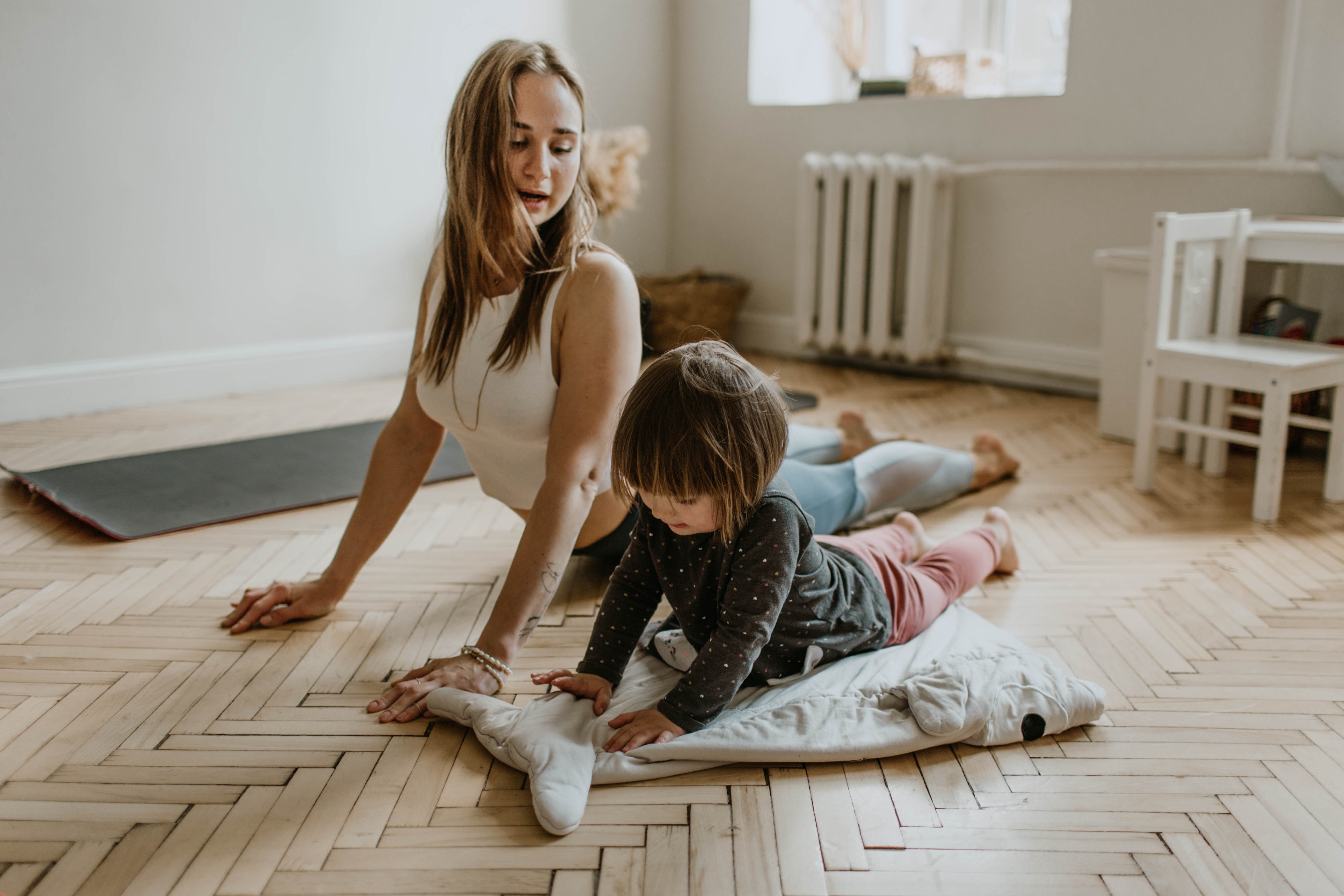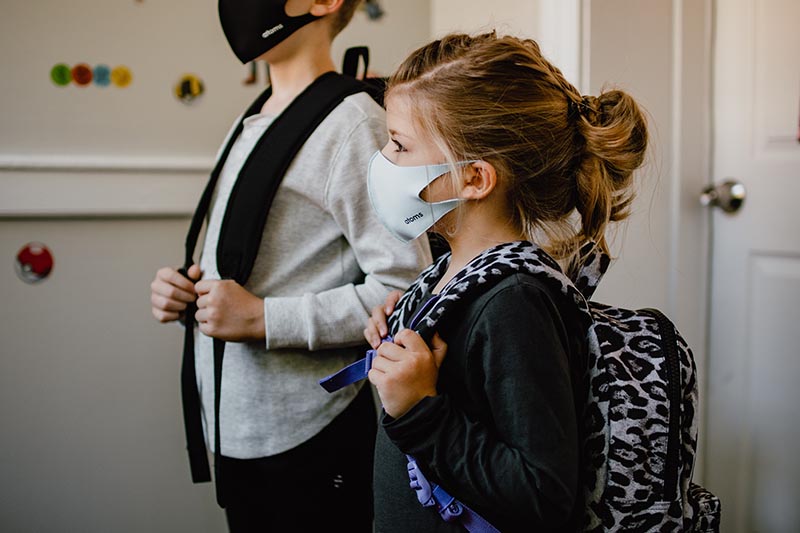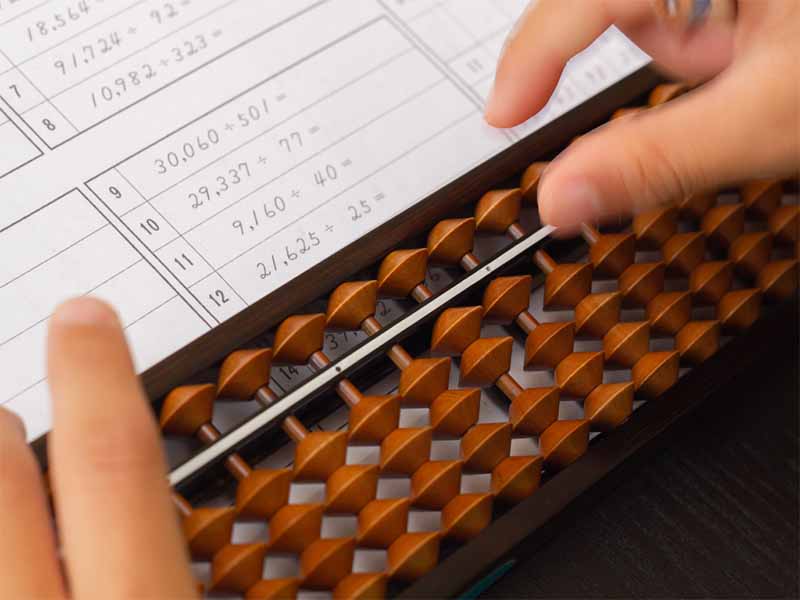 It doesn’t matter how old you are. We all need mental breaks from time to time. Some people require more frequent breaks than others. Others prefer longer breaks that happen less often. Whatever your preference is to preserve your mental health, breaks need to be taken sooner or later by people of all ages. Without them, we’ll burn out, lose interest in our work, and perhaps even fall physically ill. Mental health and online learning is something that needs to be prioritized and discussed more often. Brain breaks are in, especially right now.
It doesn’t matter how old you are. We all need mental breaks from time to time. Some people require more frequent breaks than others. Others prefer longer breaks that happen less often. Whatever your preference is to preserve your mental health, breaks need to be taken sooner or later by people of all ages. Without them, we’ll burn out, lose interest in our work, and perhaps even fall physically ill. Mental health and online learning is something that needs to be prioritized and discussed more often. Brain breaks are in, especially right now.
Brain Breaks in Kids
The whole point of brain breaks in kids is to switch brain activity from one activity to another. When kids are focusing really hard on schoolwork, a big chunk of their mental energy is being used towards the task at hand. After a while, this can become challenging and students can burn out. They may show signs of restlessness or boredom and retain very little if anything at all.
To avoid that, brain breaks help reset the areas of the brain that are active during learning and recall. This makes it easier for kids to return to learning with a fresh head.
Typically, brain breaks are sensory-driven, and incorporate mindfulness and physical activity. It’s important for brain breaks to have these features because we want the kids to use a different part of their brain than they were during learning.
We wanted to make a list of our favorite brain breaks for people of all ages. From kindergarten to college and beyond, we are all dealing with online learning in unique ways.
Brain Breaks for Students of All Ages
Dancing:
You already know how important physical activity is. Sometimes though, it can be hard to remember to get moving, especially when there is so much to do and get done. There is something called Dance/Movement Medicine (DMT). “According to the American Dance Therapy Association, this type of therapy is defined as the psychotherapeutic use of movement to promote well-being and improve health by promoting emotional, social, cognitive, and physical integration of oneself.”
This type of therapy can be practiced anywhere and by anyone. You don’t need any special equipment or clothes. It is as easy as taking ten minutes out of your day to dance!
Proponents of this method of therapy believe that movement is a universal language, and it is also the first way we learn to express ourselves. While many feel that the mind, body, and spirit are interconnected, everyone knows how good dancing can make them feel- rejuvenated, mentally clear, and overall happier.
While it may be easier to convince kids to have dance party breaks throughout the day, students in college and beyond should practice dancing as well. Dancing is a great way to boost your mood, increase energy, and gain mental clarity. It may also lessen stress.
Research in dance therapy has shown that dancing may be effective in treating mental health issues like depression and anxiety. Another study indicated that DMT may be a viable treatment plan for children on the autism spectrum. Read more here about how to maintain good mental health while learning online.
Meditation:
We know your child may be bouncing from the walls, but it’s never too early to introduce intentional breathing. At first, your child will think sitting still for any period of time is tricky, which is why we suggest starting small. We recommend using a guided meditation specifically designed for kids, like these.
- 3 Minute Body Scan- kid friendly/ appropriate for any age
- Butterfly Body Scan- 5 min
- 5 Minute Guided Meditation
- Spaceship to The Moon- 15 min (for the children who are older and can sit still for longer)
It may take some practice, but after some training, your child will likely love their quiet time when they get the chance to relax and enjoy their imagination.
Benefits of meditation for children and students include:
- Increased mental clarity
- Feeling calm
- Ability to communicate better
- Feeling less angry
A good time to encourage your child to practice their meditation skills is at the start of their day before they start school and at the end of the day. This will give them a brain break and help them prepare for unwinding. Meditation can be utilized at any time of day, and is especially helpful when students are feeling overwhelmed or distraught over their studies.
Spending Time In Nature/ Going for a Walk:
This might be tough during cold winter months, but it isn’t impossible to sneak in a walk outside to cool off and rest your mind. Walking outside has been proven to reduce levels of anxiety and depression in people of all ages, and can actually even help maintain good mental health. While walking in nature as opposed to suburban areas improves these results even more. Mental health expert Dr. Nate Sowa mentions that being in nature leads to lower blood pressure. It also calms the areas of the brain that are related to the stress response. Even as little as ten minutes a day of fresh air can be helpful.

Yoga:
Before you say you aren’t flexible enough to practice yoga, hold it right there! Yoga is for anyone and everyone, and since the onset of Covid, more people have explored fun indoor activities. Yoga is a perfect brain break or even ritual to incorporate into anyone’s daily routine. You don’t need fancy equipment or even a yoga mat to practice at home. A yoga break can last as little as five minutes to provide physical and mental benefits. Here are some practices for kids. Yoga may increase your child’s focus and concentration, help them relieve stress and tension, plus more. It is also a great opportunity to enjoy family bonding while teaching healthy lifestyle habits.
While you may have heard of all of these brain breaks at one point or another, perhaps you will try to implement them now. It’s important to constantly introduce your child to new activities, and sometimes you may find one they really enjoy. At Genie Academy, we believe in the power of brain breaks. That’s why we incorporate meditation or yoga within our classes, whether they be online or in person. We want our students to feel confident and focused when they are learning. This way, they are more likely to retain what they are learning during each session, while incorporating great coping skills into their daily life.
Is your child struggling with online learning? We have you covered. Sign up for a free class and assessment now with a passionate Genie Academy teacher. Genie Academy makes learning fun!
-The Genie Academy Team
Sources
https://www.prodigygame.com/main-en/blog/brain-breaks-for-kidshttps://adta.memberclicks.net/what-is-dancemovement-therapy
https://www.goodtherapy.org/learn-about-therapy/types/dance-movement-therapy
https://www.youtube.com/watch?v=ky6ul4NqVAk&ab_channel=Biomika
https://www.youtube.com/watch?v=RV5MEP3Bgkc&ab_channel=UNCHealth





